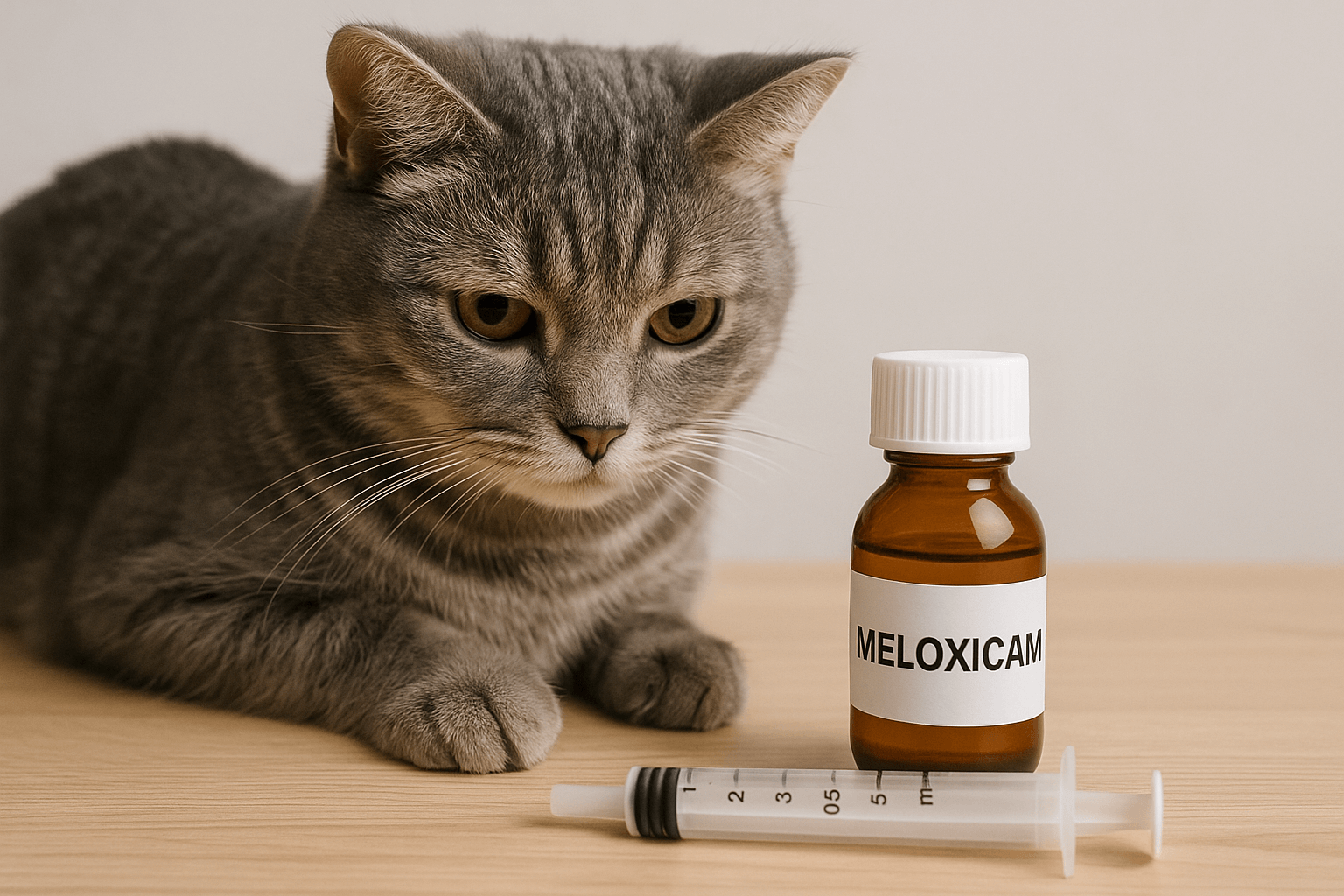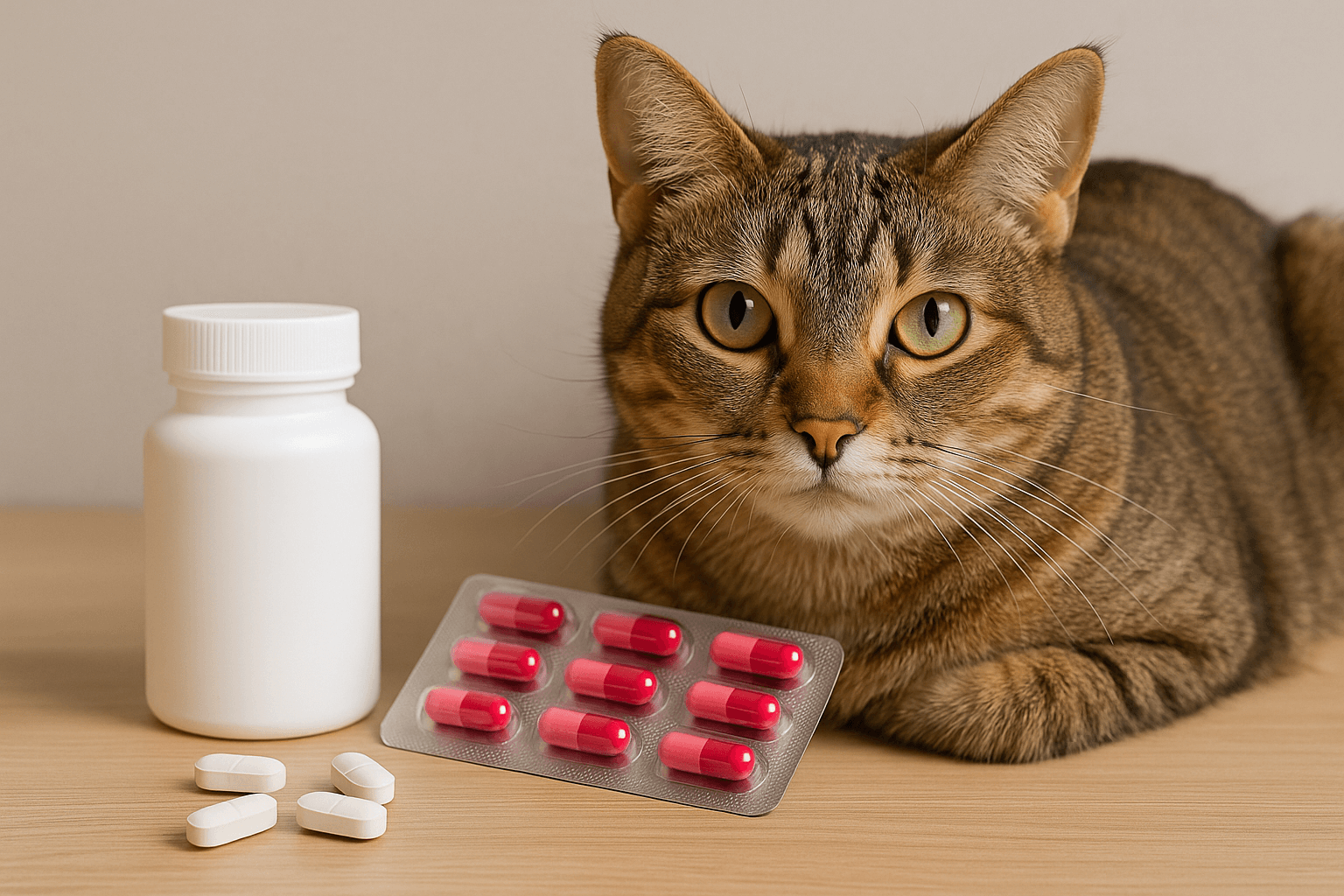Understanding Spondylosis Deformans in Dogs: A Closer Look
Spondylosis deformans is a degenerative condition that affects the spine of dogs, leading to the formation of bony spurs or osteophytes along the vertebrae. While it may sound alarming, this condition is relatively common, especially in older dogs, and often progresses without causing significant discomfort. However, understanding its causes, symptoms, and treatment options is crucial for pet owners who want to ensure their furry companions live a pain-free life. In this blog post, we’ll delve into everything you need to know about spondylosis deformans in dogs, empowering you to make informed decisions for your pet’s health.
What Is Spondylosis Deformans? Breaking It Down
Spondylosis deformans might seem like a complex term, but breaking it down makes it easier to understand. Here are some key points about this condition:
Spondylosis deformans is a degenerative spinal disease characterized by the growth of bony spurs along the vertebrae.
These bony spurs, or osteophytes, develop as a response to spinal instability or wear and tear over time.
The condition is most commonly seen in older dogs, particularly those over the age of seven.
It is not considered a painful condition unless the bony spurs press on nerves or surrounding tissues.
Certain large breeds, such as German Shepherds and Boxers, are more prone to developing spondylosis deformans.
Understanding these basics can help dog owners identify potential signs early and seek appropriate veterinary care when needed.
Signs and Symptoms of Spondylosis Deformans in Dogs
Recognizing the signs of spondylosis deformans is essential for early intervention. While many dogs show no symptoms at all, others may exhibit subtle changes in behavior or mobility. Here’s what to look out for:
Stiffness or difficulty moving, especially after periods of rest.
Noticeable changes in gait, such as limping or walking with a hunched back.
Pain or discomfort when touched along the spine.
Reluctance to jump, climb stairs, or engage in physical activities they once enjoyed.
Visible bony protrusions along the dog’s spine during a physical examination.
If you notice any of these signs, it’s important to consult your veterinarian for a proper diagnosis and treatment plan.
Check this guide 👉Understanding Horners Syndrome in Dogs: Best 7 Health Tips!
Check this guide 👉Understanding Dog Mouth Cancer Life Expectancy: Best 7 Tips!
Check this guide 👉Understanding Uveodermatologic Syndrome in Dogs: Best 7 Tips

Risk Factors | Preventive Measures |
|---|---|
Age (common in older dogs) | Regular veterinary check-ups |
Large breed predisposition | Maintaining a healthy weight |
Genetic predisposition | Providing a balanced diet |
Previous spinal injuries | Avoiding activities that strain the spine |
Lack of exercise | Encouraging moderate, low-impact exercise |
Diagnosing Spondylosis Deformans: What to Expect
Diagnosing spondylosis deformans involves a combination of physical examinations and diagnostic tests. If you suspect your dog may have this condition, here’s what typically happens during the diagnostic process:
Your veterinarian will conduct a thorough physical examination, feeling along the spine for bony spurs.
X-rays are often used to confirm the presence of osteophytes and assess their severity.
Advanced imaging techniques, such as CT scans or MRIs, may be recommended in complex cases.
Blood tests might be performed to rule out other underlying conditions.
A detailed medical history will be taken to understand your dog’s symptoms and progression.
A proper diagnosis ensures that your dog receives the most effective treatment tailored to their specific needs.
Treatment Options for Spondylosis Deformans
While spondylosis deformans cannot be cured, there are several treatment options available to manage the condition and improve your dog’s quality of life. Here’s an overview of common approaches:
Pain management through non-steroidal anti-inflammatory drugs (NSAIDs) or other prescribed medications.
Physical therapy exercises designed to improve flexibility and strengthen muscles around the spine.
Weight management to reduce stress on the spine and minimize symptoms.
Surgery in rare cases where bony spurs cause nerve compression or severe discomfort.
Supplements like glucosamine and chondroitin to support joint and spinal health.
With the right combination of treatments, most dogs with spondylosis deformans can continue to lead happy, active lives.
What Triggers Spondylosis Deformans in Dogs?
Understanding the underlying causes of spondylosis deformans can help dog owners take preventive measures. While the exact cause isn’t always clear, several factors are known to contribute to its development:
Age-related wear and tear on the spine is one of the primary triggers for this condition.
Previous injuries or trauma to the spine can lead to instability, prompting bony spur formation.
Genetic predisposition plays a role, with certain breeds being more susceptible than others.
Obesity puts extra strain on the spine, accelerating degenerative changes.
Lack of physical activity can weaken supporting muscles, increasing the risk of spinal issues.
By addressing these contributing factors, pet owners can reduce the likelihood of their dogs developing spondylosis deformans or slow its progression.
How to Alleviate Pain in Dogs with Spondylosis Deformans
While not all dogs experience pain from spondylosis deformans, those that do require careful management to ensure comfort. Here are some strategies to alleviate discomfort:
Provide a soft, supportive bed to reduce pressure on the spine during rest.
Use ramps or steps to help your dog access furniture or vehicles without jumping.
Apply warm compresses to the affected area to relax muscles and ease stiffness.
Engage your dog in low-impact activities like swimming to maintain mobility without strain.
Regularly monitor your dog’s behavior for signs of worsening pain or discomfort.
With these measures, you can help your dog stay comfortable and enjoy daily activities despite the condition.
Holistic Approaches to Enhance Your Dog’s Well-Being
In addition to targeted treatments for spondylosis deformans, supporting your dog’s overall health can make a significant difference. Here are some holistic approaches to consider:
Feed a nutrient-rich diet high in omega-3 fatty acids to support joint and spinal health.
Incorporate gentle massage techniques to improve circulation and reduce tension.
Ensure regular vet visits to monitor the condition and adjust treatment plans as needed.
Keep your dog mentally stimulated with interactive toys and games to prevent boredom.
Maintain a consistent routine to provide stability and reduce stress for your pet.
By focusing on your dog’s overall well-being, you can create a supportive environment that promotes long-term health and happiness.
Frequently Asked Questions About Spondylosis Deformans in Dogs
Is spondylosis deformans painful for dogs?
Most dogs do not experience pain unless the bony spurs press on nerves or tissues.
Can spondylosis deformans be prevented?
While it cannot be entirely prevented, maintaining a healthy weight and avoiding spinal injuries can reduce the risk.
Does spondylosis deformans affect all dog breeds?
No, it is more common in large breeds and older dogs, though any breed can develop the condition.
How is spondylosis deformans diagnosed?
Diagnosis typically involves a physical exam, X-rays, and sometimes advanced imaging like CT scans or MRIs.
Are there natural remedies for managing spondylosis deformans?
Supplements like glucosamine and omega-3 fatty acids can support spinal health, but always consult your vet before starting any new treatment.
Living Well with Spondylosis Deformans
Spondylosis deformans may be a common condition in aging dogs, but it doesn’t have to diminish their quality of life. With early detection, proper care, and a proactive approach to treatment, dogs with this condition can continue to thrive and enjoy their golden years. As a responsible pet owner, staying informed and attentive to your dog’s needs is the best way to ensure they remain happy, healthy, and comfortable. Remember, your veterinarian is your greatest ally in managing spondylosis deformans—so don’t hesitate to reach out if you have concerns about your furry friend’s well-being.
Cat Fever Treatment: Best 7 Expert Tips! Discover expert advice on identifying, managing, and treating fever in cats to ensure their quick recovery and well-being.
Understanding Meloxicam for Cats: Best 7 Expert Tips! Learn how to safely administer meloxicam, manage side effects, and ensure your cat's comfort with expert advice on feline pain relief.
Amoxicillin for Cat UTI: Best 7 Expert Tips! Discover safe usage, dosage guidelines, and expert advice on treating feline urinary tract infections effectively with amoxicillin.
Understanding Cat Cancer Treatment: Best 7 Expert Tips! Discover expert advice on managing feline cancer, from early detection to treatment options, ensuring your cat’s health and comfort.





